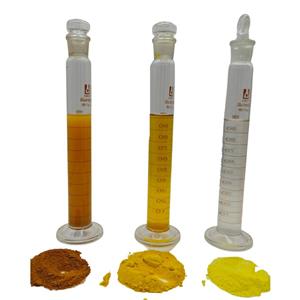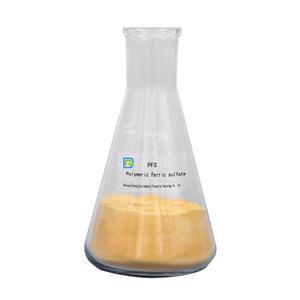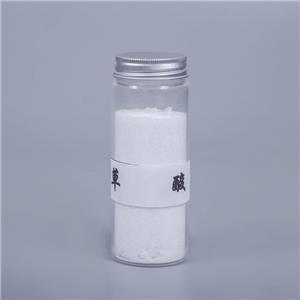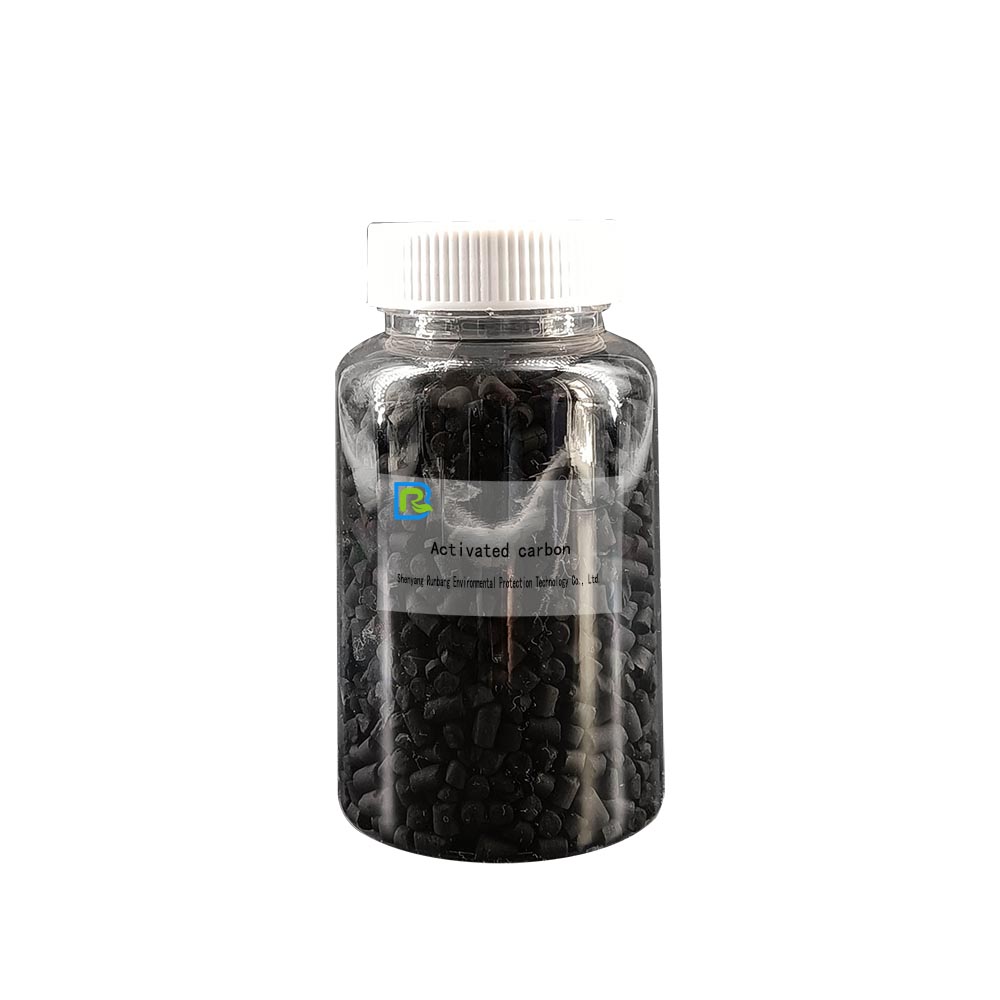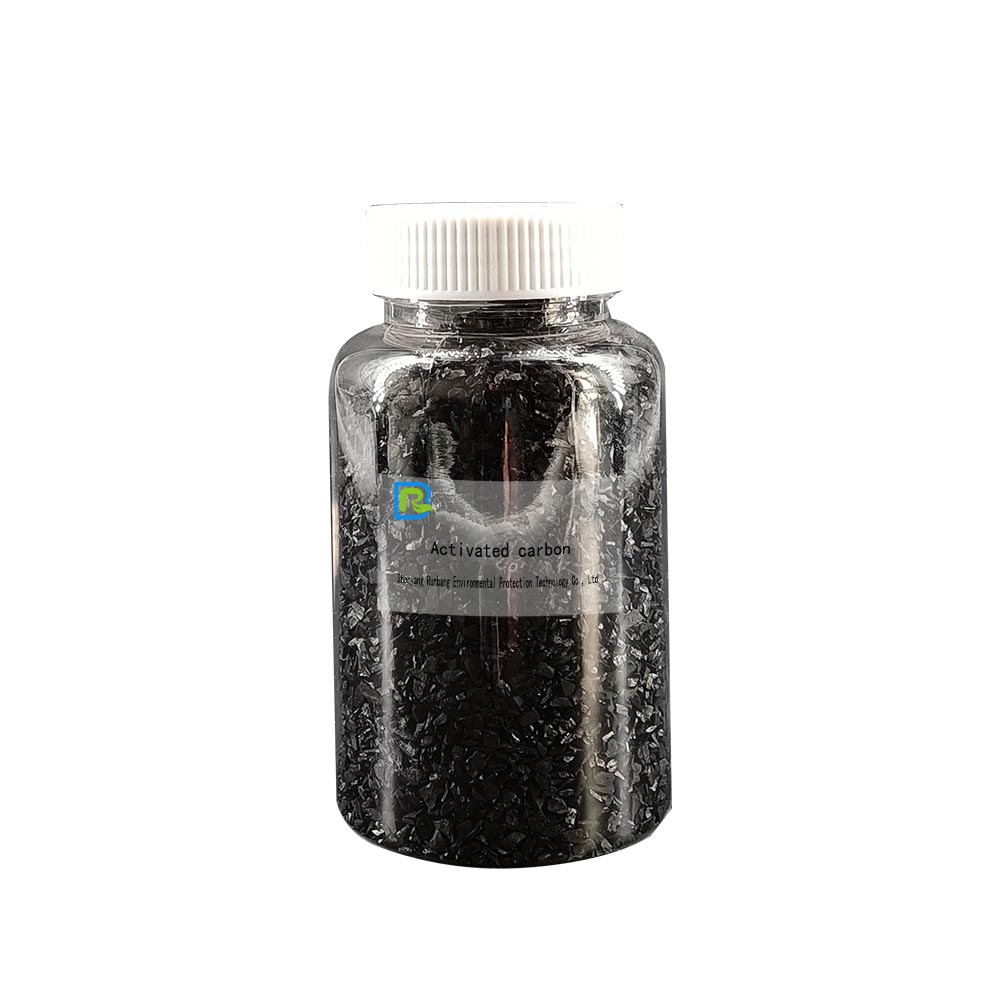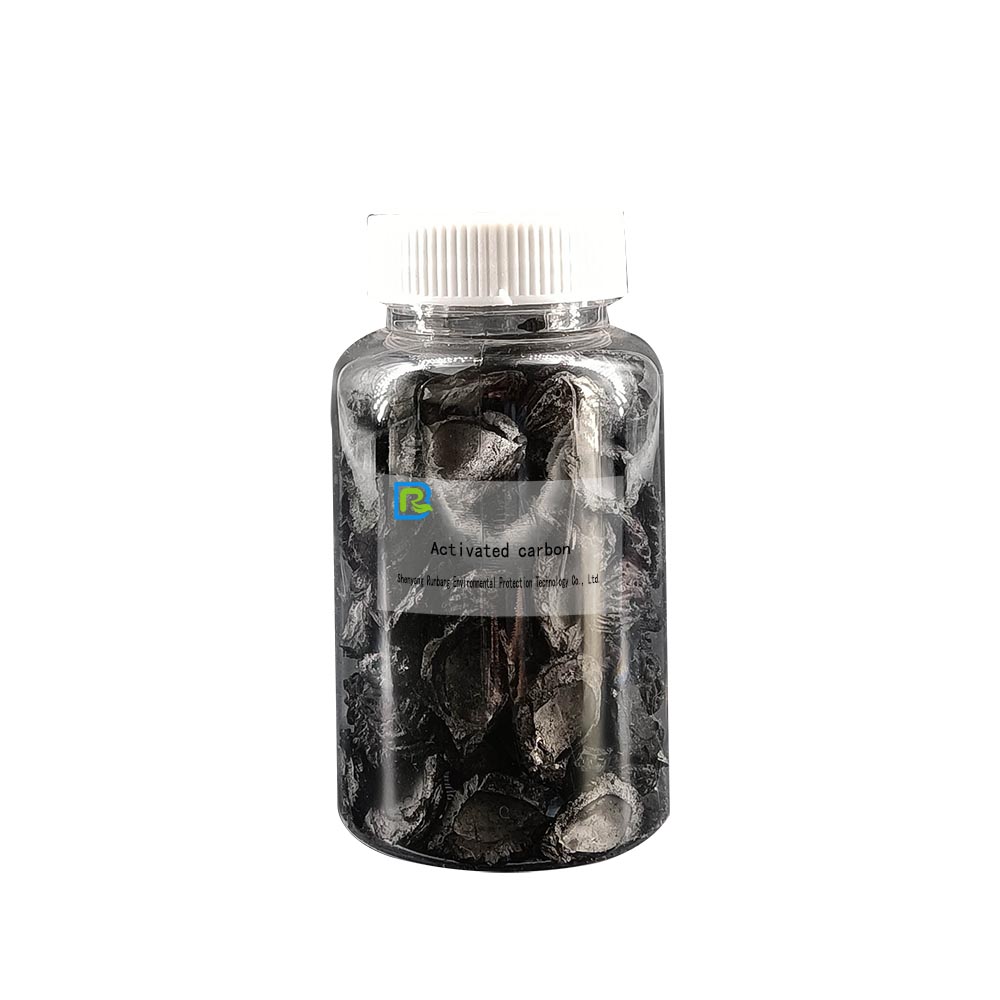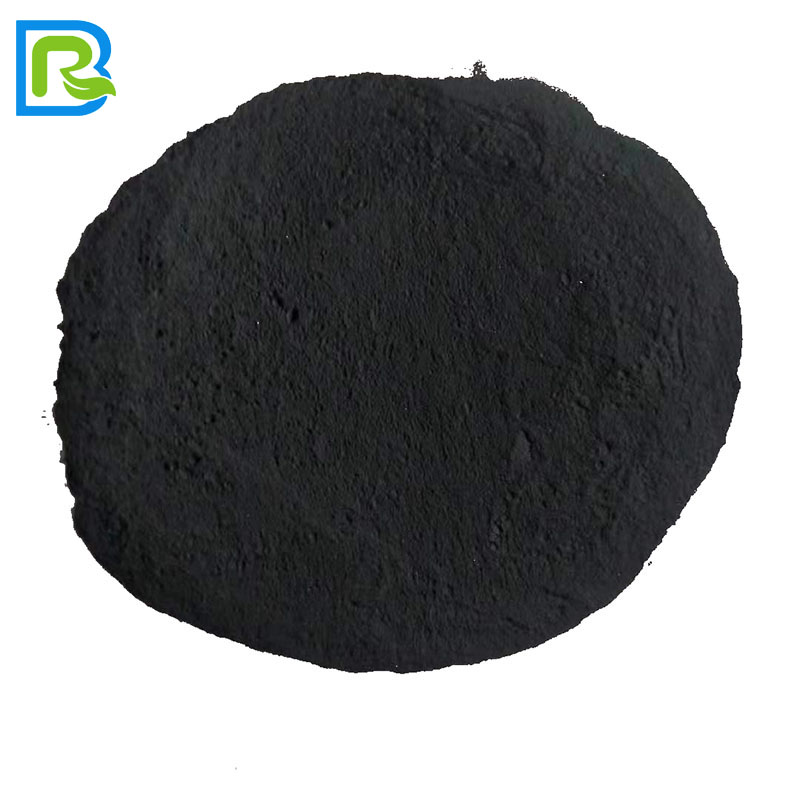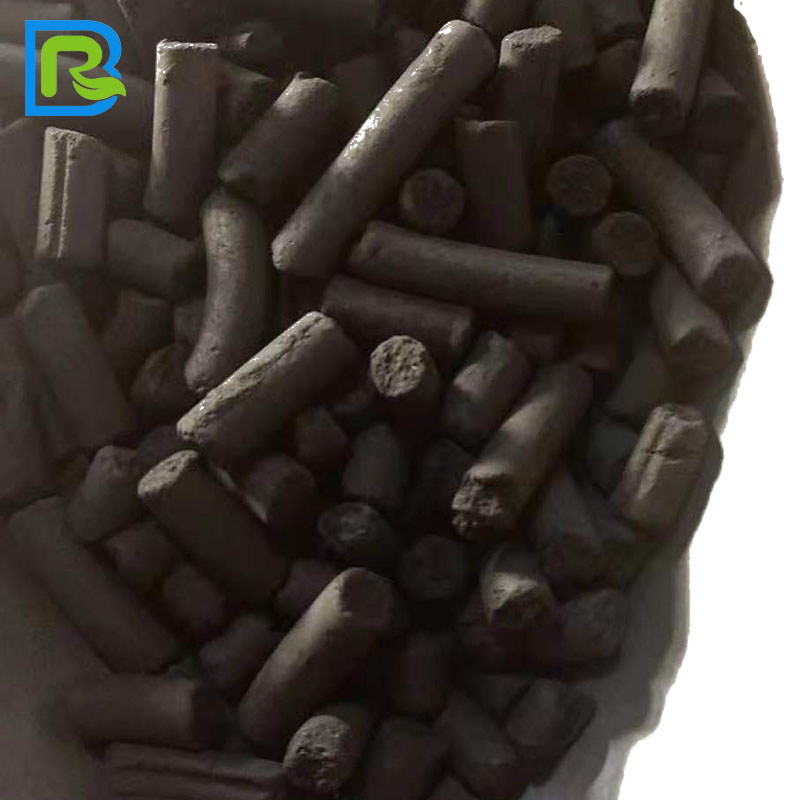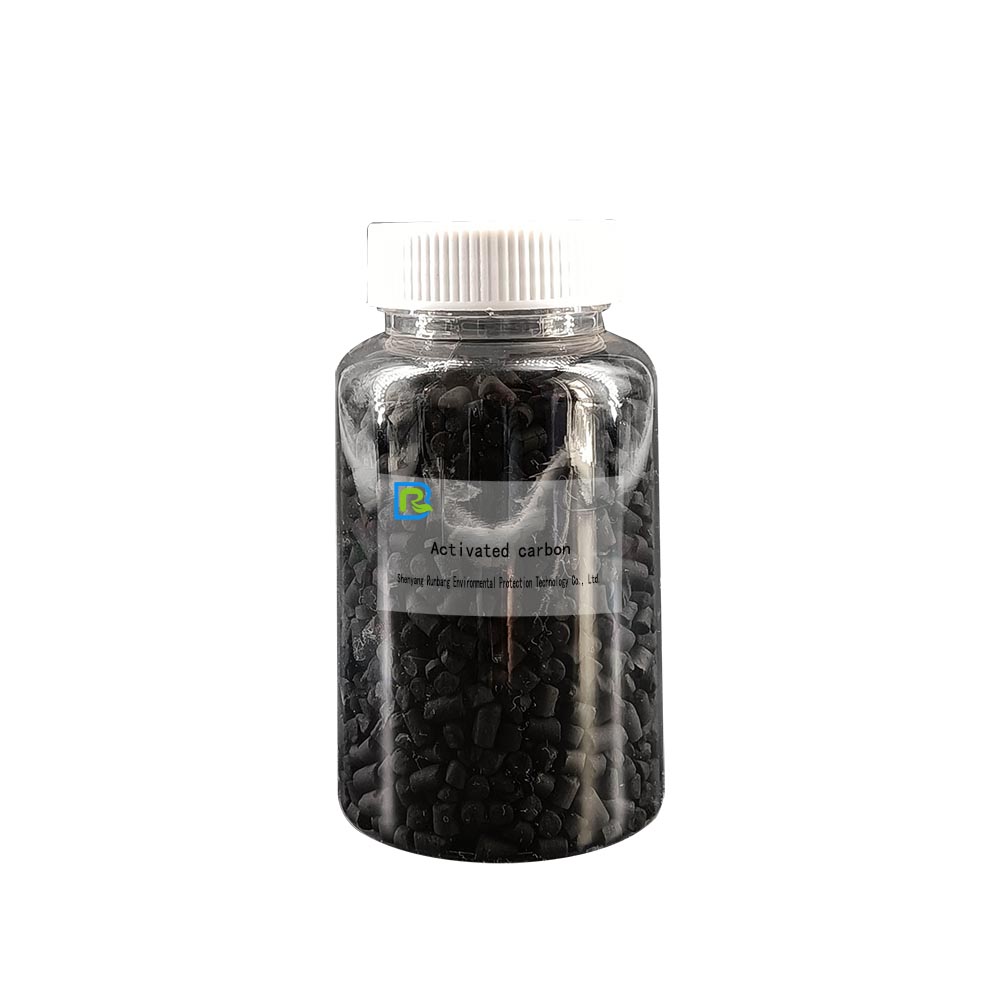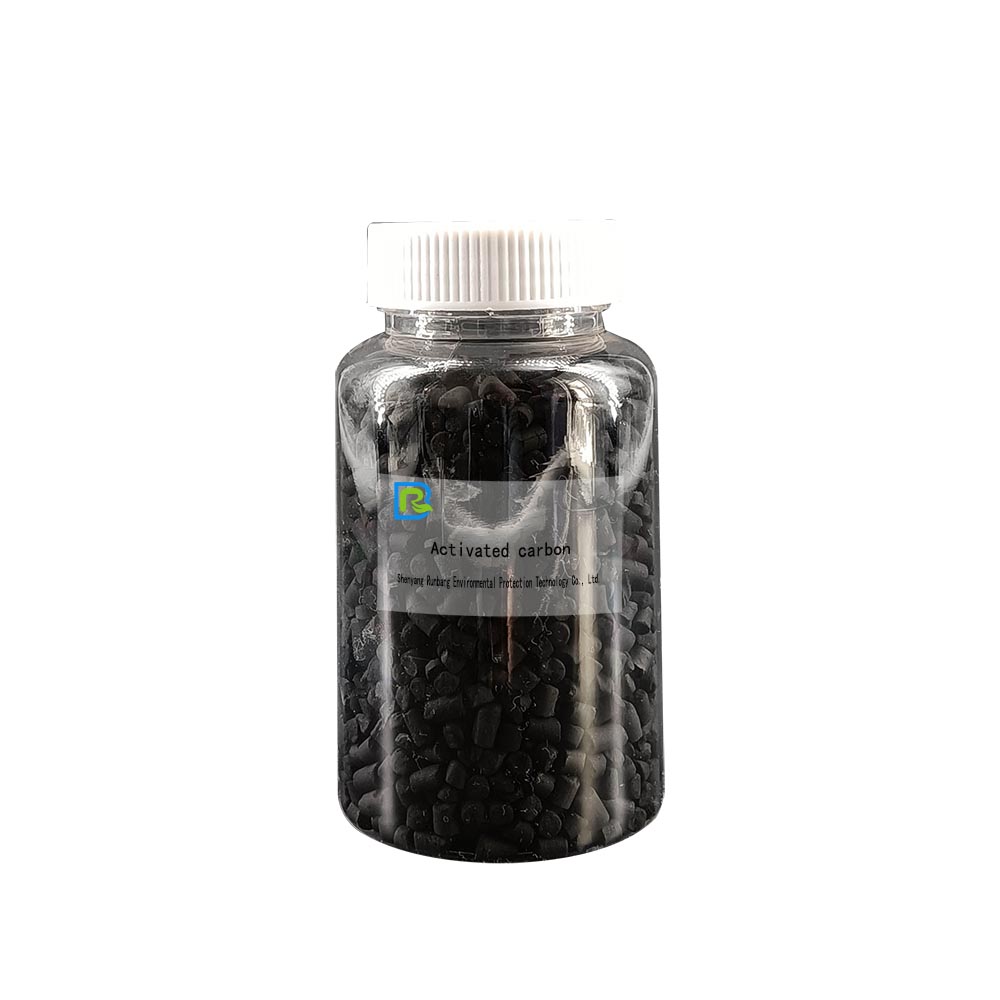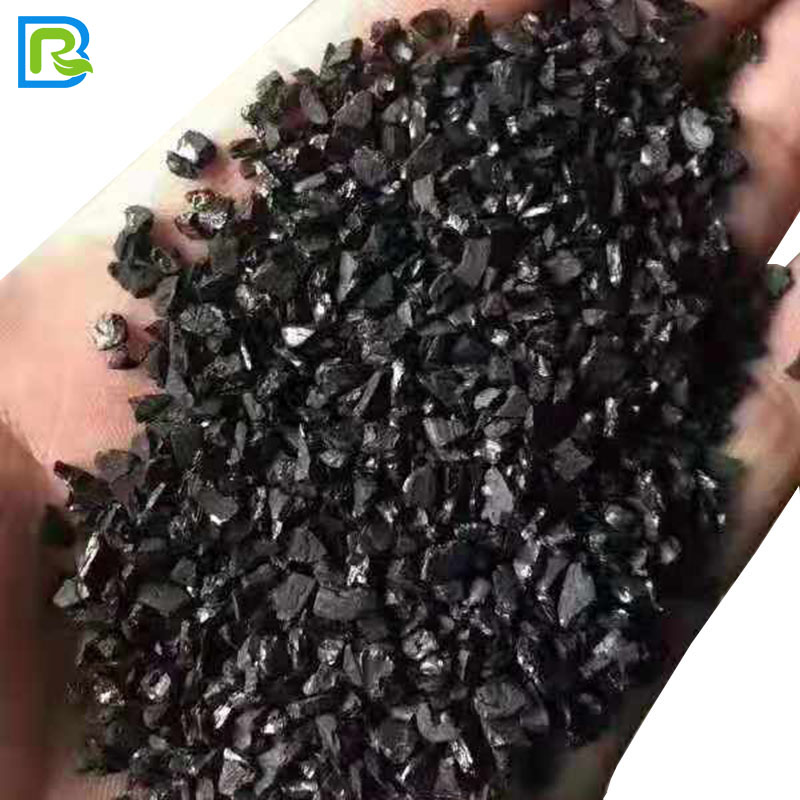
Customized activated carbon bag
Brand rainbon
Product origin henan/hebei
Delivery time 10-15days
Activated carbon is a specially treated carbon in which organic raw materials (fruit shells, coal, wood, etc.) are heated under isolated air conditions to reduce the non-carbon components (a process called carbonization) and then react with gases to erode the surface and produce a microporous developed structure (a process called activation).
Since the activation process is a microscopic process, i.e., the surface erosion of a large number of molecular carbons is a punctiform erosion, resulting in an activated carbon surface with numerous tiny pores.
Most of the micro-pores on the surface of activated carbon are between 2 and 50 nm in diameter. Even a small amount of activated carbon has a huge surface area of 500~1500 m2 per gram of activated carbon, and almost all applications of activated carbon are based on this feature of activated carbon.
Introduction
Coal activated carbon is developed through a series of processes such as carbonization → cooling → activation → washing. Its appearance is generally black cylindrical activated carbon, indefinite coal granular activated carbon, also known as broken carbon. Cylindrical activated carbon, also known as columnar carbon, is generally made from powdered raw materials and binder through mixing, squeezing, and then carbonization and activation processes. It can also be made by extruding powdered activated carbon with binder. It has well-developed pore structure, good adsorption performance, high mechanical strength, easy to be regenerated repeatedly, low cost, etc. It is used in the purification of toxic gases, waste gas treatment, industrial and domestic water purification treatment, solvent recovery, etc.
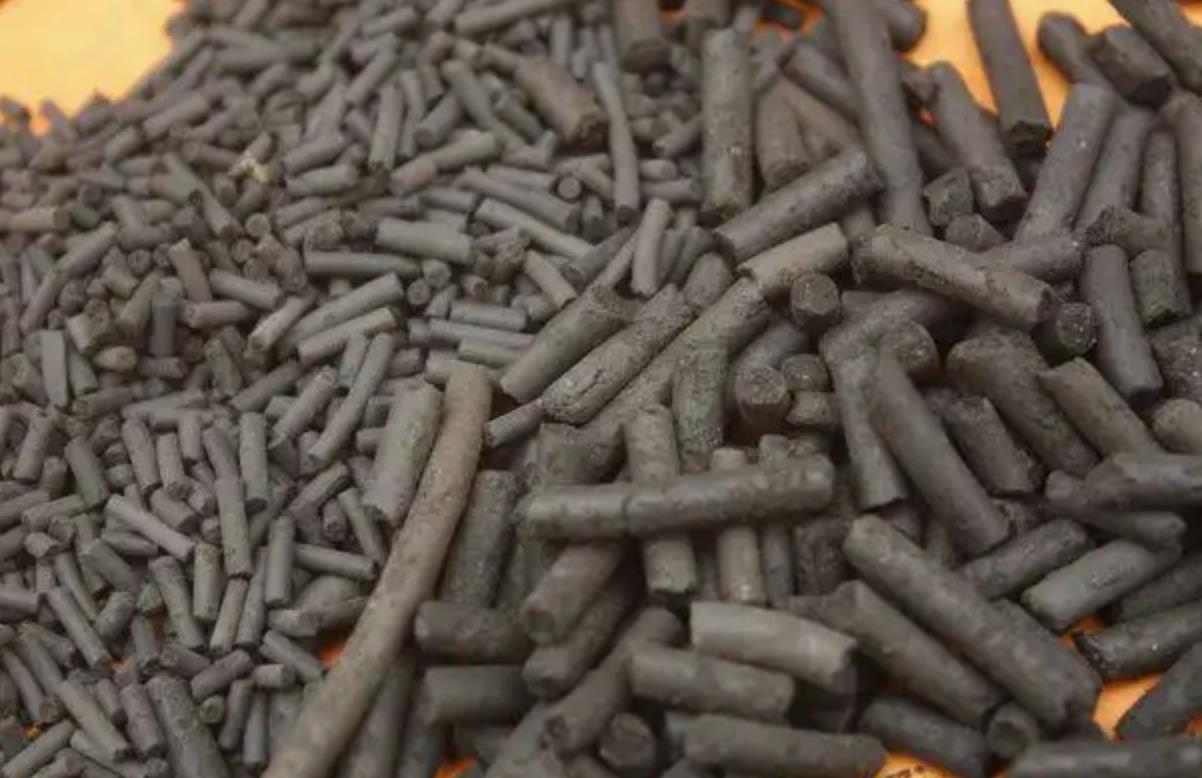
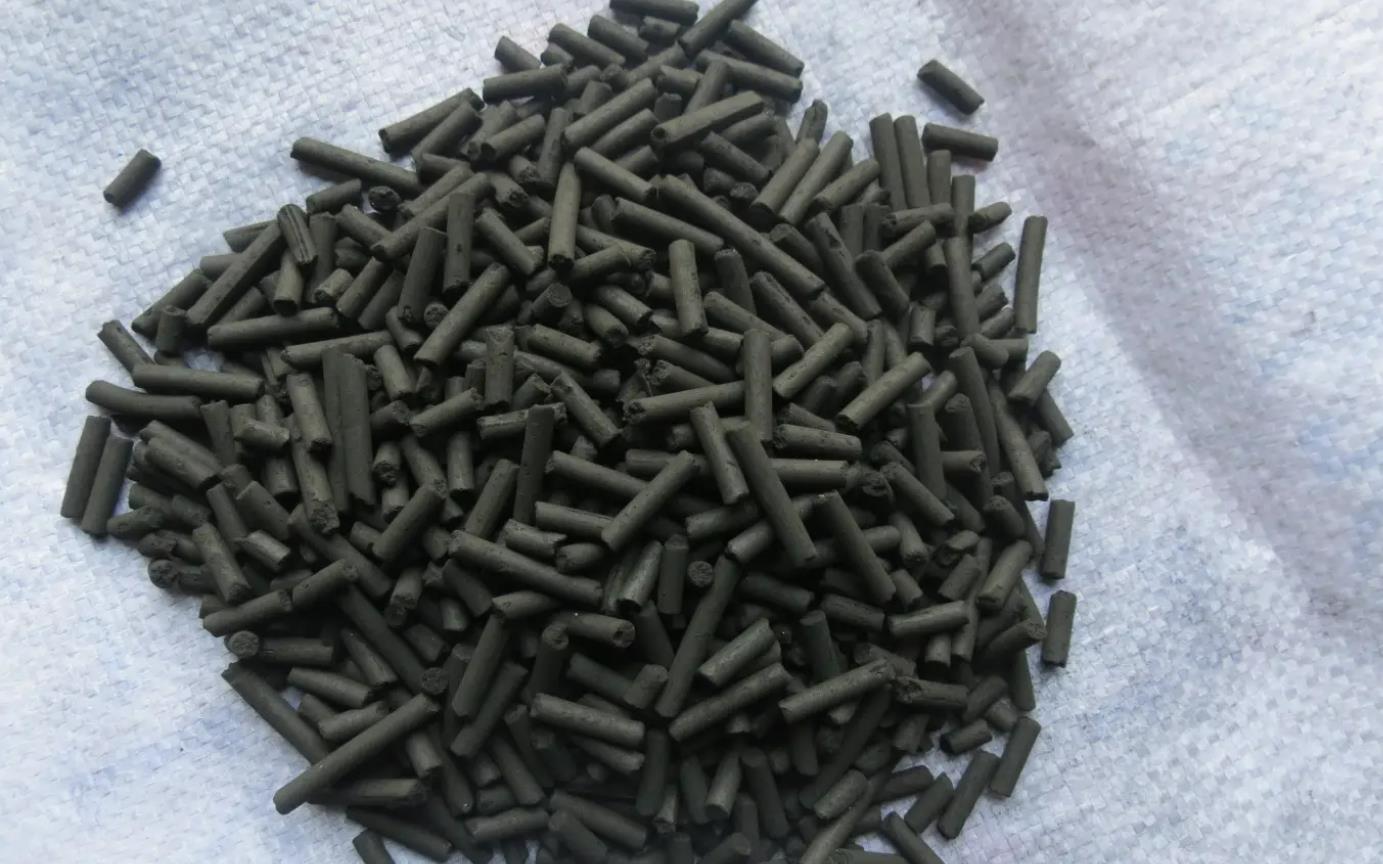
Columnar activated carbon can be customized with different particle sizes according to customer requirements
Applications
Water treatment industry: tap water, industrial water, sewage treatment, pure water, beverage, food, pharmaceutical water
2. Air purification: debris removal, odor removal, absorption, formaldehyde removal, benzene, toluene, xylene, oil gas and other harmful gas substances
3. Industry: decolorization, purification, air purification
4. Fish farming: filtration
5. Reagent: catalyst and catalyst carrier
Raw materials
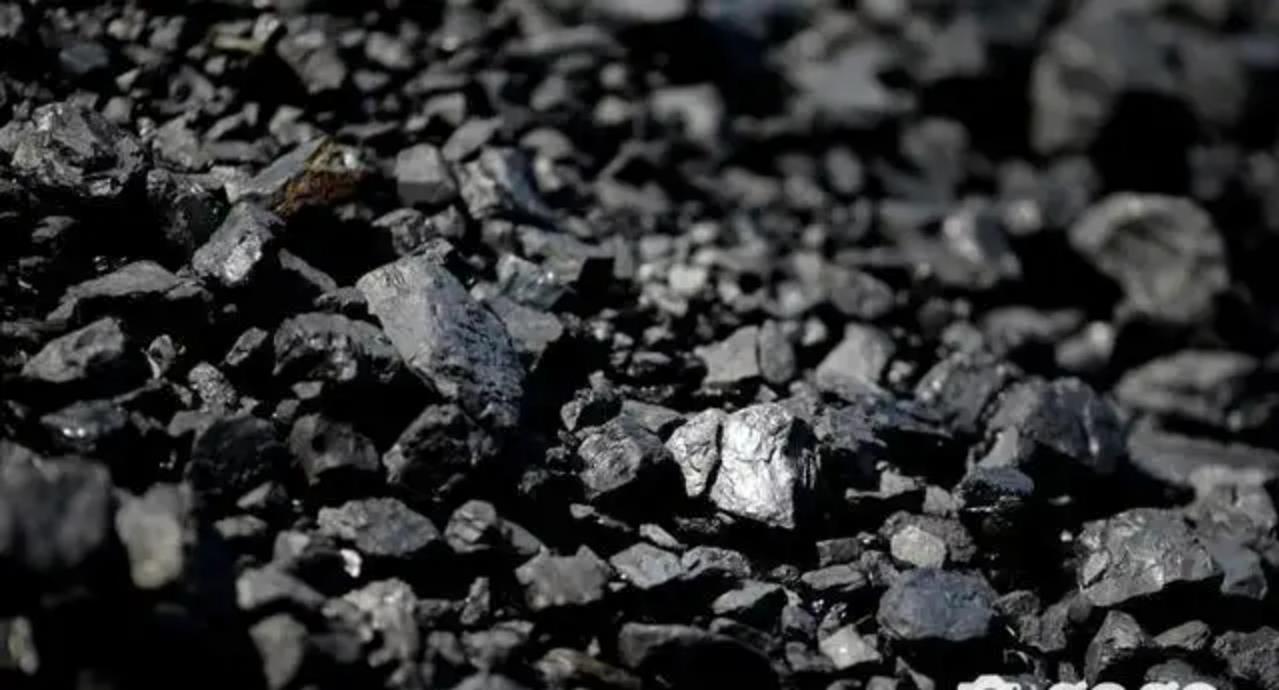
Application areas
(1) Treatment of oily wastewater
The adsorption method for oil-water separation uses lipophilic materials to adsorb dissolved oil and other dissolved organic substances in wastewater. The most commonly used oil absorption material is activated carbon, which can adsorb dispersed oil, emulsified oil and dissolved oil in wastewater. Due to the limited adsorption capacity of activated carbon for oil (generally 30-80 mg/g), its high cost and the difficulty of regeneration, it is usually used only as the last stage of multi-stage treatment of oily wastewater, and the quality concentration of the effluent containing oil can be reduced to 0.1-0.2 mg/L .
Because of the high pretreatment requirements of activated carbon for water and the high price of activated carbon, activated carbon is mainly used in wastewater treatment to remove trace pollutants from wastewater for deep purification purposes. Oil-bearing wastewater from oil refineries is first treated by oil separation, air flotation and biological treatment, and then by sand filtration and activated carbon filtration for deep treatment. The phenol content of the wastewater was reduced from 0.1 mg/L (after biological treatment) to 0.005 mg/L, the cyanide content was reduced from 0.19 mg/L to 0.048 mg/L, and the COD was reduced from 85 mg/L to 18 mg/L.
(2) Treatment of dyestuff wastewater
Dye wastewater is difficult to treat because of its complex composition, large variation in water quality, deep chromaticity, and large concentration. Treatment methods mainly include oxidation, adsorption, membrane separation, flocculation, and biodegradation. These methods have their own advantages and disadvantages, among which activated carbon can effectively remove the color and COD of wastewater. activated carbon treatment of dye wastewater has been studied at home and abroad, but most of them are coupled with other processes, and activated carbon adsorption is mostly used for deep treatment or using activated carbon as a carrier and catalyst, and there is little research on using activated carbon alone to treat higher concentration dye wastewater.
Activated carbon has a good decolorization effect on dye wastewater. The decolorization rate of dye wastewater increased with increasing temperature, while pH did not have much effect on the decolorization of dye wastewater. Under the optimal adsorption process conditions, the decolorization rates of acidic magenta and alkaline magenta wastewater were >97%, the chromaticity dilution of the effluent was ≤50 times, and the COD was <50 mg/L, which reached the national level discharge standard.
(3) Treatment of mercury-containing wastewater
Mercury is the most toxic of heavy metal pollutants, and when it enters the human body, it destroys the function of enzymes and other proteins and affects their resynthesis. Activated carbon has the property of adsorbing mercury and mercury-containing compounds, but the adsorption capacity is limited and it is only suitable for treating wastewater with low mercury content. If the concentration of mercury content is high, it can be treated by chemical precipitation method first, which contains about 1 mg/L of mercury after treatment, and up to 2~3 mg/L at high levels, and then further treated by activated carbon.
(4) Treatment of chromium-containing wastewater
There are a large number of oxygen-containing groups such as hydroxyl (-OH) and carboxyl (-COOH) on the surface of activated carbon, which have the function of electrostatic adsorption and produce chemisorption for hexavalent chromium, which can effectively adsorb hexavalent chromium in wastewater, and the adsorbed wastewater can reach the national discharge standard.
The treatment of chromium-containing wastewater using activated carbon is the result of the combined effect of physical adsorption, chemical adsorption and chemical reduction of hexavalent chromium in solution by activated carbon. The treatment of chromium-containing wastewater with activated carbon has stable adsorption performance, high treatment efficiency and low operation cost, and has certain social and economic benefits. Therefore, the treatment of chromium-containing wastewater with activated carbon has been widely used.
(5) Clinical medical use
Activated carbon can be used in acute clinical gastrointestinal detoxification first aid due to its good adsorption properties, which has the advantages of not being absorbed by the gastrointestinal tract without irritation, can be directly taken orally, simple and convenient, etc. At the same time, activated carbon is also used in blood purification and cancer treatment. Colorectal cancer is a common malignant tumor. Studies have shown that the use of nano-activated carbon as a tracer can effectively increase the number of lymph node detection in colorectal cancer patients. Activated carbon fibers have two properties: first, adsorption properties; and second, far-infrared radioactive energy. Silver adsorbed on activated carbon fibers was used to treat patients with chronic wounds without any adverse reactions in the wounds within months of receiving treatment. Some scholars used coconut shell activated carbon as a carrier to load gatifloxacin, and the results showed that it has good loading capacity for gatifloxacin and can be used as a slow-release carrier for gatifloxacin. A study on the selection of paracetamol and ibuprofen as model drugs and the use of activated charcoal as a drug carrier showed that activated charcoal particles exhibited very low cytotoxicity, and this study provided support for the use of activated charcoal as an amorphous drug carrier. The use of twice-daily local rectal injection of highly active granular activated charcoal alone for the treatment of simple chronic anal fistulas has been shown to be effective, safe, and more acceptable to patients compared to other treatments, providing a new strategy for the cure of chronic anal fistulas.
(6) For supercapacitor electrodes
Supercapacitors are mainly composed of electrode active material, electrolyte, collector fluid and diaphragm, among which the electrode material directly determines the performance of the capacitor. Activated carbon has the advantages of large specific surface area, well-developed pores and easy preparation, and it has become the earliest carbon electrode material used in supercapacitors. New and high performance activated carbon electrode materials can be prepared by modifying the conventional activated carbon. The highest specific capacitance is 262F-g-1, the electrode density is about 0.8g-cm-3, and the volume specific capacitance is up to 214F-cm-3, which is a promising electrode material for supercapacitors. material. In another study, activated carbon with amorphous characteristics was prepared by charring waste tea leaves and then activated with KOH, which has a porous structure with specific surface area between 2245 and 2184 m2-g-1, and its specific capacitance was up to 330F-g-1 when used as supercapacitor electrode with aqueous KOH solution as electrolyte, and the capacitance decreased slightly after 2000 times of charging and discharging, and was 92% of the initial capacitance. The capacitance decreased slightly to 92% of the initial capacitance after 2000 times of charging and discharging, showing good cycling performance. If the activated carbon particles were prepared using lotus flower pollen as the carbon source and self-template and CO2 as the activator, the prepared activated carbon had a porous hollow structure composed of a three-dimensional nano-grid skeleton, and this special activated carbon was used as a supercapacitor electrode with a specific capacitance as high as 244 F-g-1 and no decay in capacitance after 10,000 times of charging and discharging.
(7) For hydrogen storage
Commonly used hydrogen storage methods include high-pressure gaseous hydrogen storage, liquefied hydrogen storage, metal alloy hydrogen storage and organic liquid hydride hydrogen storage, and carbon materials for hydrogen storage, among which carbon materials mainly include super activated carbon, carbon nanofiber, and carbon nanotubes, etc. Super activated carbon has received wide attention because of abundant raw materials, large specific surface area, surface chemical property modification, large hydrogen storage capacity, fast desorption speed, long cycle life, and easy industrialization. Some scholars prepared porous carbon using CO2 activated templates and obtained super activated carbon materials with micropores between 0.7 and 1.3 nm, mesopores between 2 and 4 nm, specific surface area of 2829 m2-g-1, and pore volume of 2.34 cm3-g-1, which can adsorb up to 0.95% of hydrogen at room temperature of 298 K and medium pressure of 8 MPa.
Since the 21st century, porous solid materials similar to metal-organic frameworks have opened up new directions for hydrogen absorption and storage. Some scholars introduced activated carbon into metal-organic framework materials under mild conditions and synthesized hybrid activated carbon-metal-organic framework materials with high specific surface area, and the adsorption of hydrogen was increased from 8.2% to 13.5% at 77 K and 10 MPa. Controlling the super activated carbon preparation process to obtain the suitable specific surface area and pore size and distribution for hydrogen storage, followed by surface modification to increase the hydrogen storage capacity at room temperature and moderate pressure is the key to the research and application of super activated carbon for hydrogen storage.
(9) For flue gas treatment
Activated carbon materials are remarkable in the process of desulfurization and denitrification because of their good treatment effect, low investment and operation cost, resourcefulness, and easy regeneration and utilization, but the single activated carbon desulfurization is slow and low efficiency. In the process of improving the performance of activated carbon desulfurization, modified activated carbon has attracted attention, which can overcome certain shortcomings and limitations of ordinary activated carbon and is considered one of the most promising desulfurization agents; another study shows that activated carbon treated with ferrous and copper salt formulations has good adsorption performance for ammonia.

